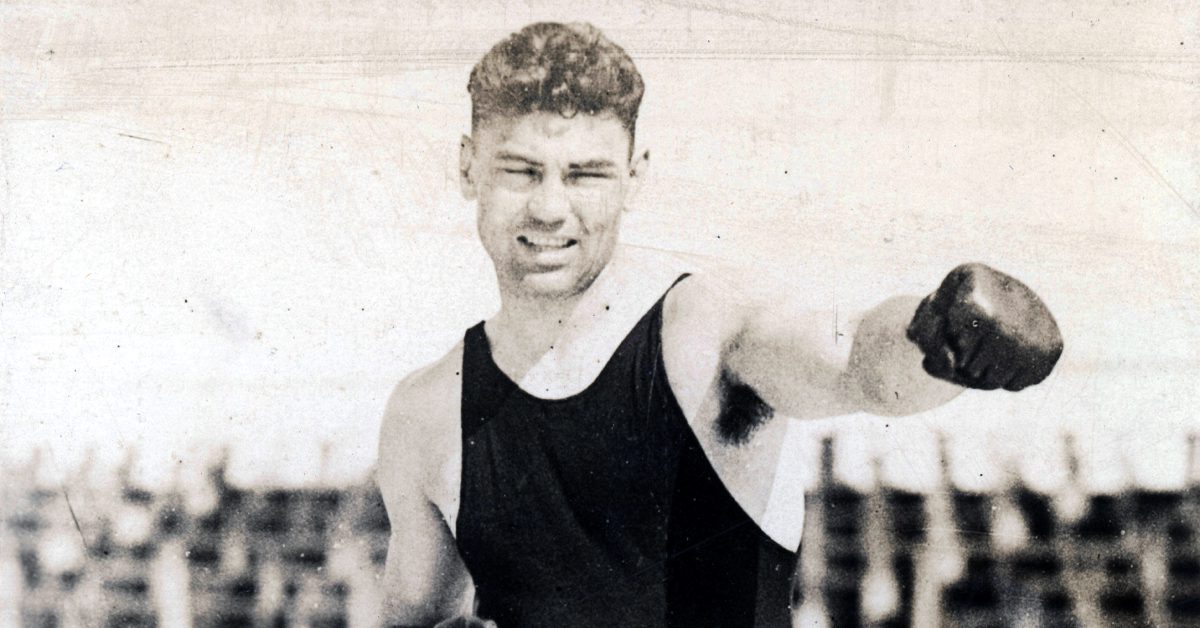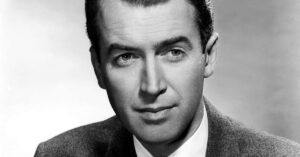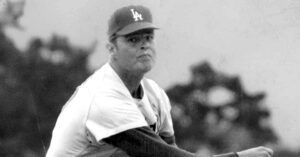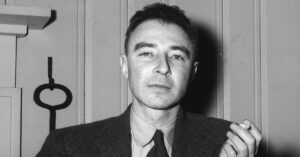Jack Dempsey enjoyed a colorful career. He was born in Manassa, Colorado which was why when he became a boxer, he gained the nickname “The Manassa Mauler.” And when he started out he first used the pseudonym, “Kid Blackie.”
He began his career because as a teenager he was desparate for money. There were times he would march into bars boasting that he could not sing or dance, but he’d bet he could beat anyone there in a fist fight.
Early on, it was a rough life. Dempsey said, “In those days they didn’t stop mining town fights as long as one guy could move.”
Then Dempsey competed as a professional fighter from 1914 ro 1927. His bouts were popular and so successful that they set records for attendance, including for the first million dollar gate. It was for Dempsey’s 1921 fight against the French war hero Georges Carpentier, of whom George Bernard Shaw had dubbed “the greatest boxer in the world.” Dempsey won in four rounds before a crowd of 91,000.
Dempsey’s reign atop heavyweights as the world champion lasted from 1919 to 1926. His success earned him entry into initially the Boxing Hall of Fame and then also the International Boxing Hall of Fame.
Dempsey was more than a great boxer, and with his popularity and outside activities he became a cultural icon. He appeared in movies like the serial DAREDEVIL JACK, married the actress Estelle Taylor, did a lot of endorsements and all the attention from his public earned him a cover on TIME magazine.
In 1926 Dempsey finally lost his title to Gene Tunney. After the ten round upset, Dempsey told his wife, “Honey, I forgot to duck.” Half-a-century later when President Ronald Reagan was shot in an attempt to murder him, he told wife Nancy the same thing in the emergency room.
Termed The Fight of the Century, the 1927 Dempsey-Tunney rematch at Soldiers Field in Chicago turned out to be one the most famous in all boxing history. The record-setting gate was $2,000,000 and people aound the world listened to the bout over the radio. This controversial fight was also known as “The Long Count.” Reason being that although Dempsey was losing the rematch in the seventh round, he knocked Tunney down. The problem was that there was a new rule stating that after a knockdown, the fighter had to retreat to a neutral corner. Dempsey either refused or delayed in doing so, and this gave Tunney extra time to recover, get up refreshed at the count of 9, and win the fight.
In retirement, Jack Dempsey was asked to appear in one of M-G-M’s big features, The Prizefighter and the Lady (1933) starring Myrna Loy and Walter Huston (replacing Clark Gable and Jean Harlow), but also featuring well known fighters Max Baer, James J. Jeffries, Jess Willard and Primo Carnera.
Two years later saw the opening of Jack Dempsey’s Restaurant in New York on Eighth Avenue and 50th Street near Madison Square Garden. Later Dempsey moved to Times Square on Broadway between 49th and 50th where he enjoyed great success lasting through 1974. Everyone wanted to dine there and get a picture with the great heavyweight champion.
Not all heavyweight champions succeed in their retirements, but Dempsey did. He struck up enduring friendships with Georges Carpentier and Gene Tunney. Dempsey even campaigned for Tunney’s son who was elected to the United States Senate from the state of California. And Dempsey was a fan of Joe Louis, and when Louis fell upon hard times, Dempsey came forward to act as chairman of a relief fund to aid him.
Jack Dempsey passed at age 87 following a life well lived.




